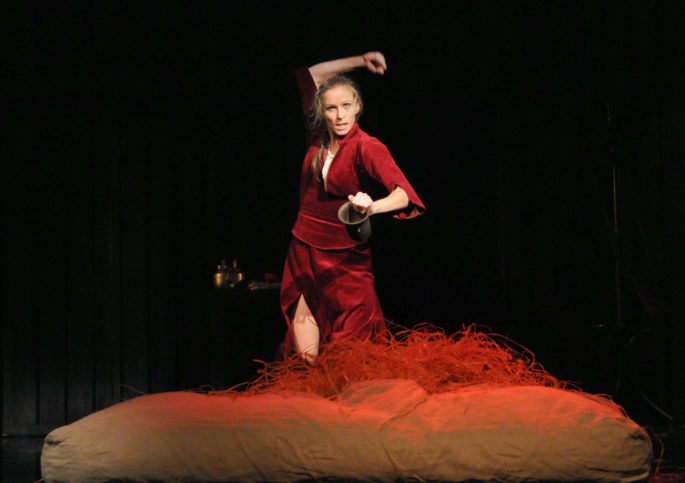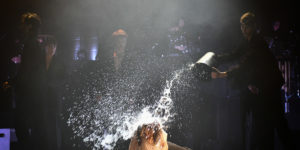Roman Vasek
...He comes up with his own movement language, based on classical technique, but very loose; there are references to folklore or social dance (the exuberance of the young people in the opening scene is reflected in the Jaiva steps). For dramatic moments, she manages to refrain from balletic posturing. The very end - with the music changing into one long unpleasantly sharp note, the villagers bring the dead Vávra and look with stony expressions at Marisha curled up at the portal. Or the excellently constructed bath scene. Marysha, dejected by her previous violent encounter with Vávra, tries to drown herself in a tub of water, whereupon she dances a fragile, erotically tinged duet with the delusional Franck, half out of her mind. Ballet Marysha possesses well-made dance-acting types. For the most part, these are not monochromatic characters, and the dancers support this quality. Anyone nowadays tries to make a choreographic miniature or a more abstract dance production. Fewer are those who dare to create a new full-length ballet with a story, and one based on a traditional Czech text. In Pilsen, emerging authors tried it. With remarkable results.


Comments are closed.